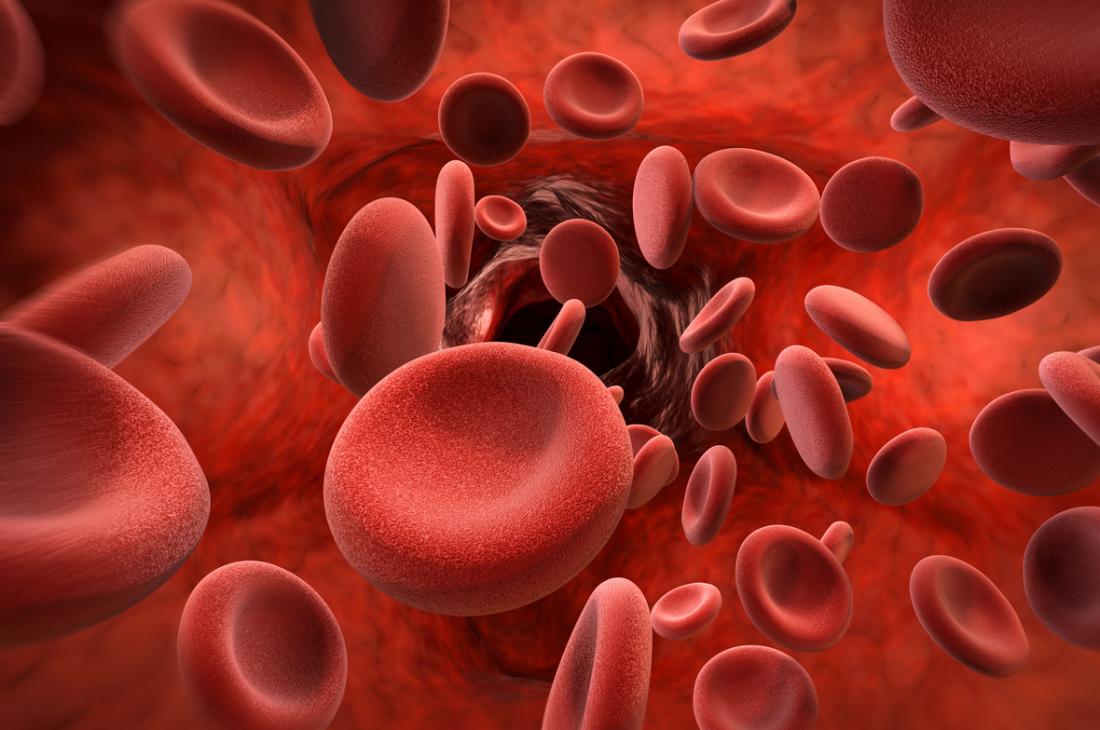
Initially when COVID-19 was detected in China, the analysed symptoms were fever, cough, muscle pain, and fatigue. But when cases all around the world was considered, gastrointestinal symptoms, such as diarrhea, nausea, vomiting, and abdominal pain were also detected. An analysis of abdominal scans suggests that blood clots in small arteries may starve bowel tissue of oxygen in the most severely ill patients SARS-CoV-2, the new coronavirus responsible for COVID-19, uses a receptor protein called angiotensin converting enzyme 2 (ACE2) on the outer surface of cells to break into them. As a result, tissues that carry a lot of the ACE2 protein on their cell surfaces may be especially vulnerable to infection by the virus and subsequent damage. ACE2 is abundant on the cells lining the alveoli of the lungs, but large concentrations of the protein also exist on cells that line the small intestine and those lining blood vessels. Providing further evidence of the vulnerability of the gut, scientists have detected the virus in stool samples from COVID-19 patients. Researchers says that, only severely ill patients exhibit these symptoms and that further study is needed on the same. They say that, this study was on a small scaling centering only one hospital and these results cannot be relied on for generalizing.
(Credits: www.medicalnewstoday.com)





